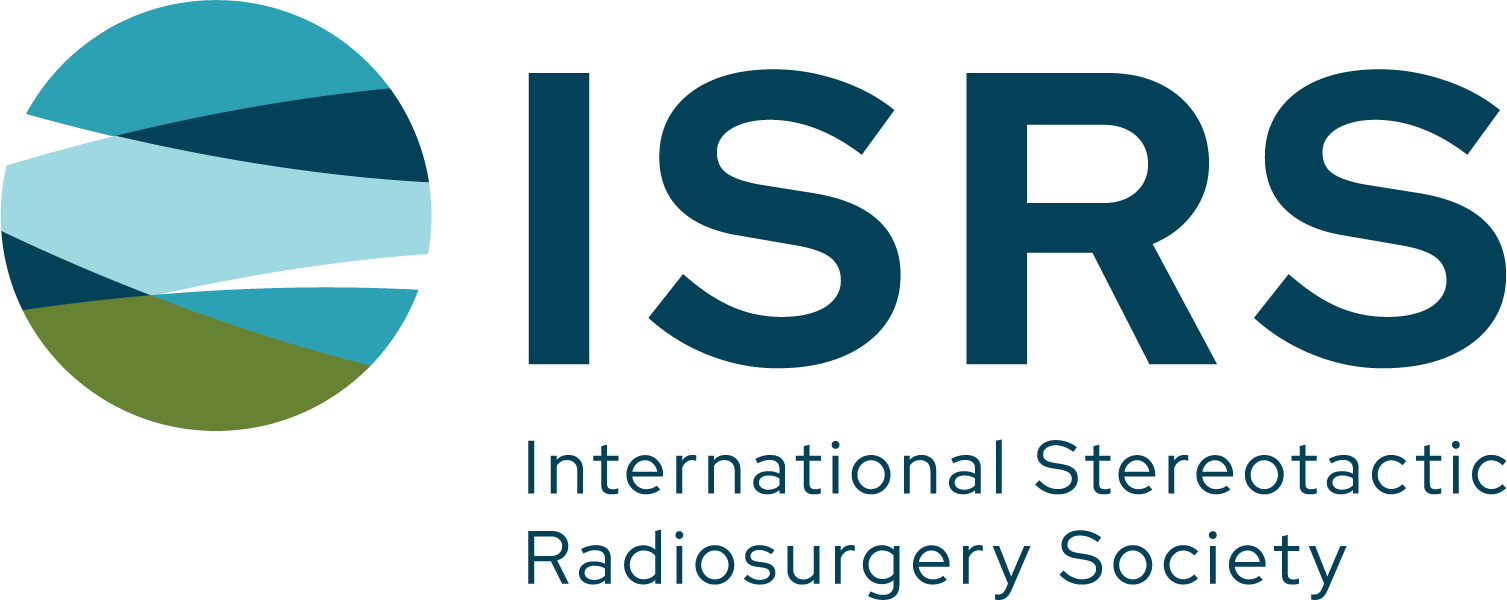Introduction
Optic nerve sheath meningioma is a rare tumor of predominantly adult age patients, including those with II neurofibromatosis, accompanied by decreased visual function and exophthalmos. Possible treatment options: dynamic observation, surgical resection or optic canal decompression, radiation therapy, and a combination of these methods. Radiation therapy can be recommended for patients with intact visual functions, no severe exophthalmos and trophic eye lesions. The classic fractionation mode is used as standard. In this study we present our experience of applying hypofractionated radiosurgery mode for optic nerve sheath meningiomas.
Materials and methods
18 patients with optic nerve sheath meningiomas underwent hypofractionated radiosurgery on CyberKnife or Novalis between March 2010 and May 2020. Single focal dose was 5.5 Gy in 5 fractions up to total focal dose of 27.5 Gy. The sample enrolled 16 adults with median age 51 years; IQR 21 (range 25 – 70 years) and two children aged 8 and 14 years. The median tumor volume was 1.5 cm3 (range 0.34 to 6.49 cm3).
Results
Median follow-up was 57 months (range 11 to 102 months; IQR 49). Tumor growth control was achieved in all patients, partial response (≥40% volume decrease) was observed in 5 (27.8%) patients. There was no deterioration in visual function in any patient; improvement in visual acuity was noted in 6/14 (42.9%) cases. Visual field improvement was observed in 5 (62.5%) of 8 patients who initially had the ability to assess visual fields. After irradiation, exophtalmos size decreased by ≥ 1 mm in 7 (50%) out of 14 patients.
Conclusion
Stereotactic radiosurgery for optic nerve sheath meningioma in hypofractionated mode (5 fractions with 5.5 Gy) can be an effective and safe method of radiation exposure. Tumor growth control was achieved in all patients, and there was no deterioration in visual functions.


